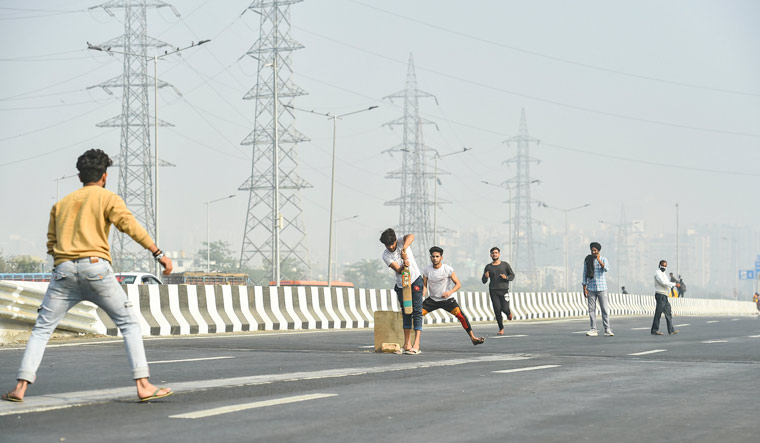The national capital has an unemployment rate of over 16 per cent and nearly 10 per cent children in the age group of 6-17 do not attend school primarily due to financial constraints, according to a Delhi government survey.
The survey titled "Socio-Economic Profile of Residents of Delhi" was conducted between November 2018 and November 2019 and covered 1.02 crore people in the city.
The report, which was finalised in November 2020, reveals the socio-economic composition of the city including details on religion, caste, income, education, chronic illnesses, status of vaccination, employment and preferred modes of transport.
According to the survey, the national capital has an unemployment rate of 16.25 per cent.
"Among the children in the age group of 6-17, 9.76 per cent are reported to be out of school including dropout, discontinued and never attended categories. The predominant reason for not attending school in the age group of 6-17 years is reported as financial constraint," it said.
The report further stated, "92.47 per cent of adolescent girls within the age group of 11-14 in Delhi are reported to be attending educational institutions. In total, 7.53 per cent of adolescent girls in the age group of 11-14 are out of school, it said.
Of the out-of-school adolescent girls, 6.42 per cent are reported to be attending anganwadi centers. Of the total, 28.59 per cent adolescent girls reported that they could not attend school due to financial constraints, it added.
In Delhi, 47.15 per cent of pregnant women aged 18 and above are availing healthcare facilities through anganwadi centres.
While over 78 per cent of people are getting medical treatment at government hospitals and dispensaries, over 77 per cent children up to the age of 5 receive vaccination. Over 69 per cent of the population in Delhi uses public transport (including Metro) for commuting to work, educational institutions and other places.
Over 68.34 per cent of Delhi's female population commutes through public buses, followed by 14.69 per cent through shared auto rickshaws, e-rickshaws, taxis and 6.78 per cent through two-wheelers. Only 6.74 per cent use metro rail.
The survey found that 47.31 per cent of households in Delhi spend Rs 10,000-Rs 25,000 every month, while 42.5 per cent incurred a monthly expenditure of Rs 10,000 or less. The share of households spending Rs 25,000-Rs 50,000 stood at 8.44 per cent and only 1.66 per cent spend over Rs 50,000 per month.
The per capita income of Delhi was Rs 3.89 lakh in 2019-20 (or over Rs 32,000 a month) — about three times the national average. A little over 21 per cent of the 20.05 lakh households surveyed used desktops or laptops. Of these, 80.15 per cent have internet connection.





